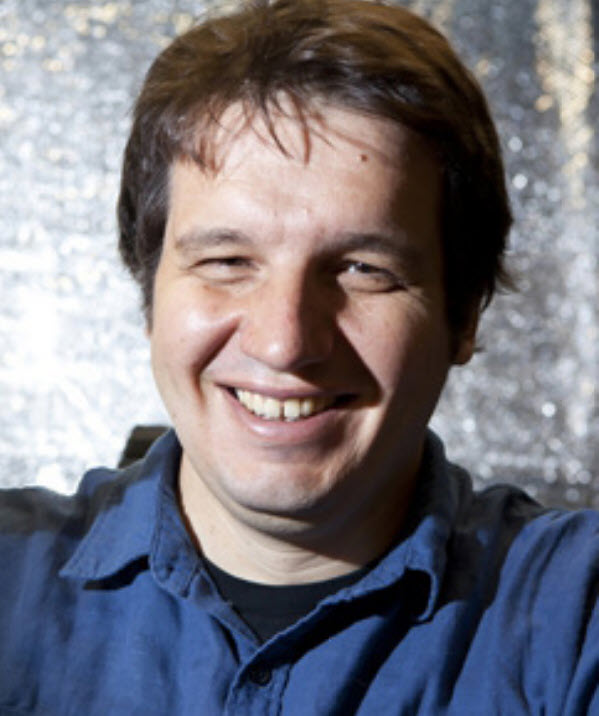
Speaker:
Marko Loncar (Harvard University)
Host:
Alexey Belyanin
Location:
Address:
Mitchell Institute for Fundamental Physics & Astronomy
College Station, Texas 77843
Diamond possesses remarkable physical and chemical properties, and in many ways is the ultimate engineering material. For example, it is transparent from the ultra-violet to infrared, has a high refractive index **(n = 2. 4)**, strong optical nonlinearity (Kerr and Raman) and a wide variety of light-emitting defects. These properties make diamond a highly desirable material for many applications, including those in quantum and nonlinear photonics, high power optics and optomechanics.
In my talk, I will review the advances in nanotechnology that have enabled fabrication of nanoscale optical devices and chip-scale systems in diamond [1, 2]. Using these approaches we were able to demonstrate high-Q factor diamond photonic crystal cavities (Figure 1a) [3], frequency combs [4], and Raman lasers [5] (Figure 1b). Perhaps one of the most exciting applications of diamond is in the field of quantum information science and technology. At the heart of these applications are diamond's luminescent defects"”color centers"”and the nitrogen-vacancy (NV) and silicon-vacancy (siv) color center in particular. These atomic systems in the solid-state possesses all the essential elements for quantum technology, including storage, logic, and communication of quantum information. Recent efforts aimed at coupling of NV [6] and siv [7] color centers to photonic crystal cavities will be presented (Figure 1a). Finally, our ongoing efforts towards achieving strong spin-strain interaction between color centers embedded inside diamond NEMS [8, 9] (Figure 1c) and optomechanical crystals [10] will be discussed. These efforts are aimed at extending spin coherence times of sivs, realization of phonon-based quantum networks, and the development of quantum transducers.
Copyright © 2024. All rights reserved, Texas A&M University Trademark | Texas A&M University, College Station, Texas 77843